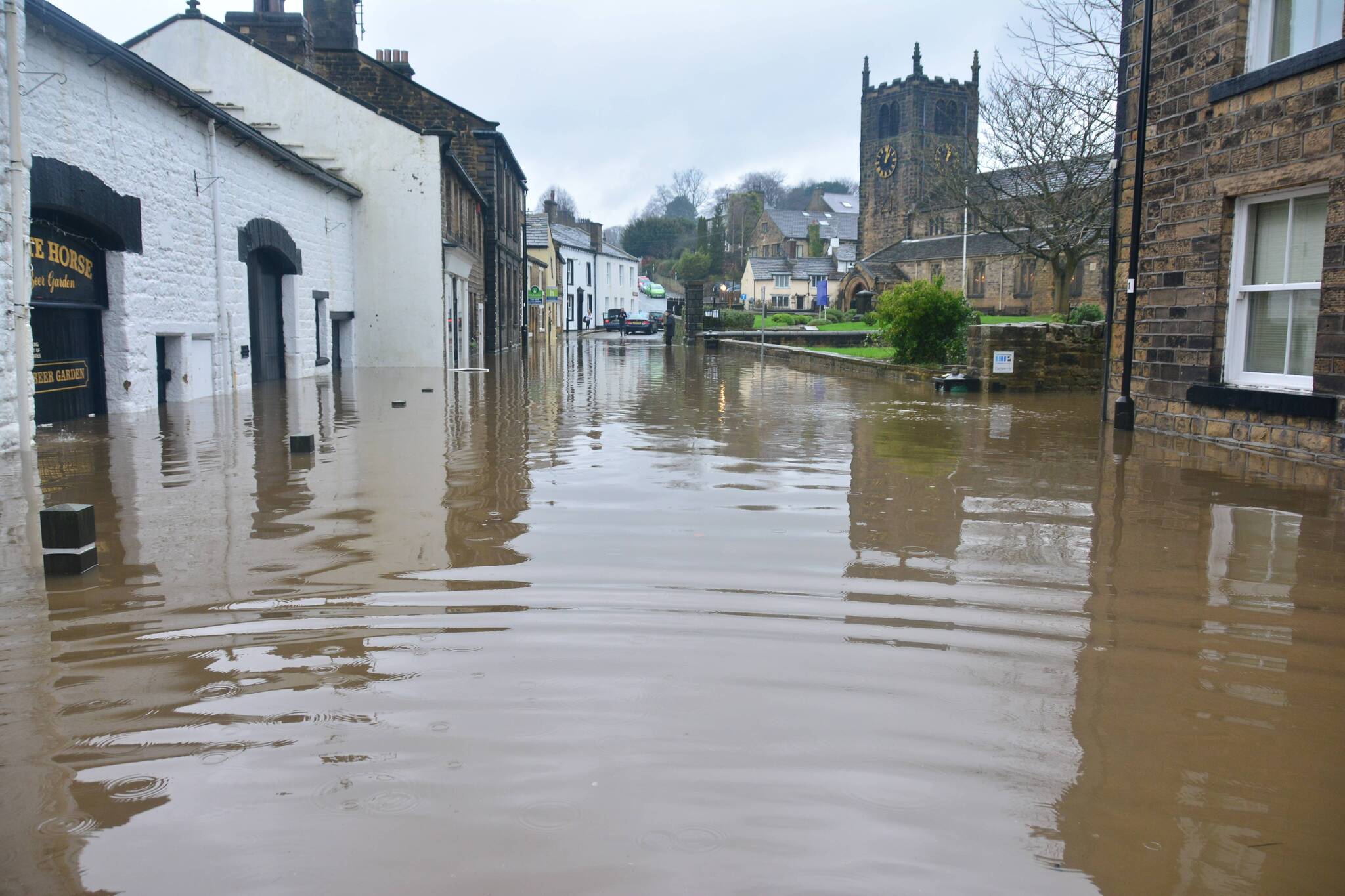Supercomputers and Smart SUDs … Moving beyond reactive to embedding resilience for the long-term
Monday 17th February 2020

Following storms Ciara and Dennis, lots of questions need to be asked. How should resources be allocated to protect communities and importantly how long do we have to prepare as we have increasingly and unpredictable and devastating storm events? The economic and human costs go beyond crude accounting methods and now value and investment need to be reconceptualised to provide the future in storm prediction and stormwater management from catchment to street level. Accuracy, data and long-term management of the measures we take to protect communities and manage water at source will provide solutions and enable decision makers to communicate more effectively.
Investment in the new Met Office supercomputer announced today will increase accuracy of forecasting and involves managing vast swathes of data. However, data has to be utilised by as wide a variety of stakeholders as possible and result in tangible changes, whether political or physical, that bring the widest benefit to as many as practicable. If we can predict with greater accuracy using the Met office supercomputer, and we can model our climate using this new technology, private sector solution providers can work with local authorities to ensure that source control systems from roof to river will deliver for the long term.
At Polypipe, we have a vision of resilient megacities with a catchment level approach to water management. With the new modelling and data available from the Met office supercomputer, this data could be linked to smart monitoring systems that could ensure green and blue roof systems, SUDs features and urban tree pits could be designed and monitored to ensure that water from these storm events is captured and stored and passive irrigation techniques utilised. When we know a storm is coming the system is then able to move water and make space for what is to come, ensuring our green infrastructure and vital urban trees are not inundated and do not become anaerobic for extended periods. In short, we plan for these storms, and use the resource of stormwater to transform what for some can be a curse and turn it into a vital component for the long-term vitality of our urban green spaces. With this new data comes a plethora of new opportunities.


